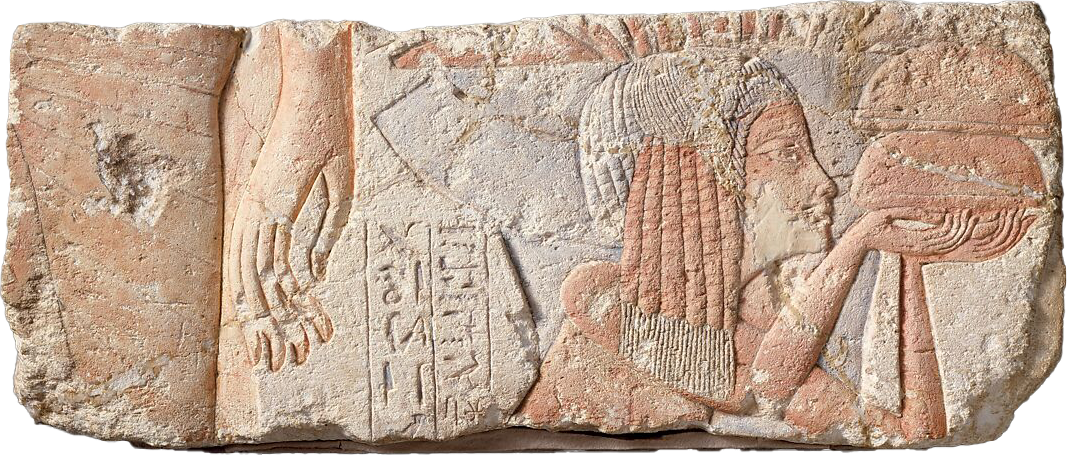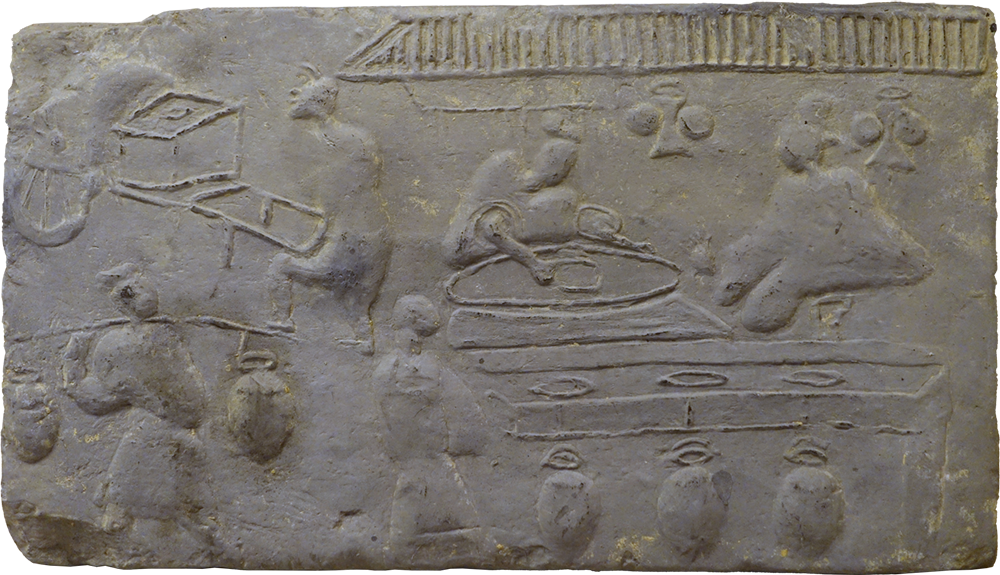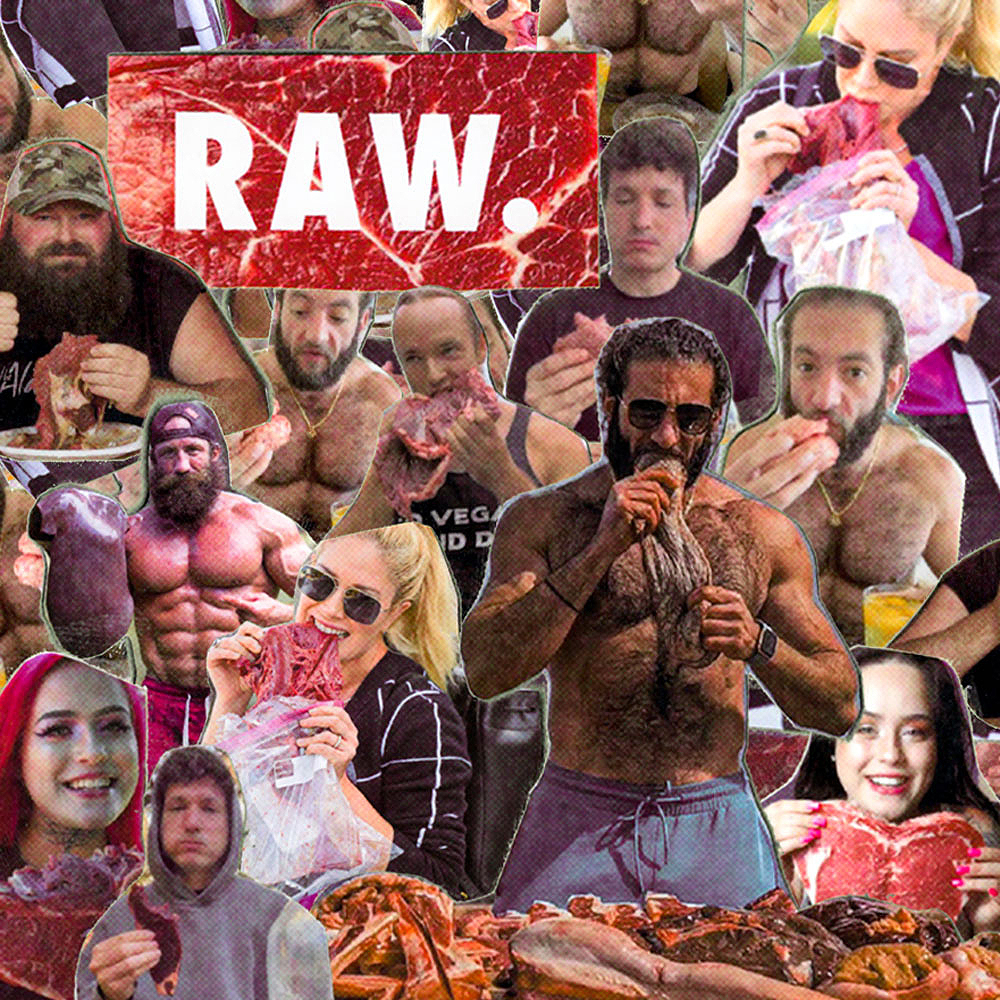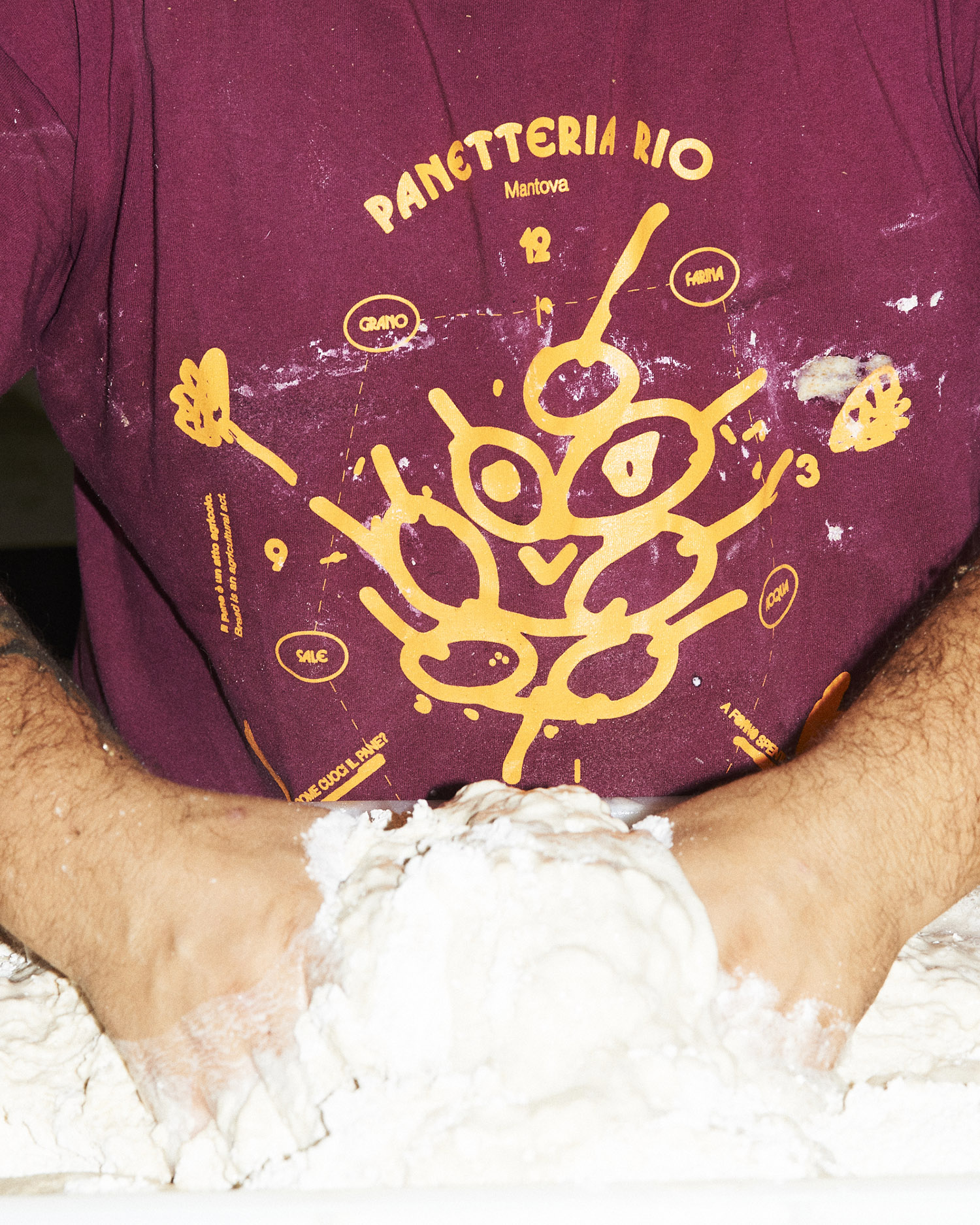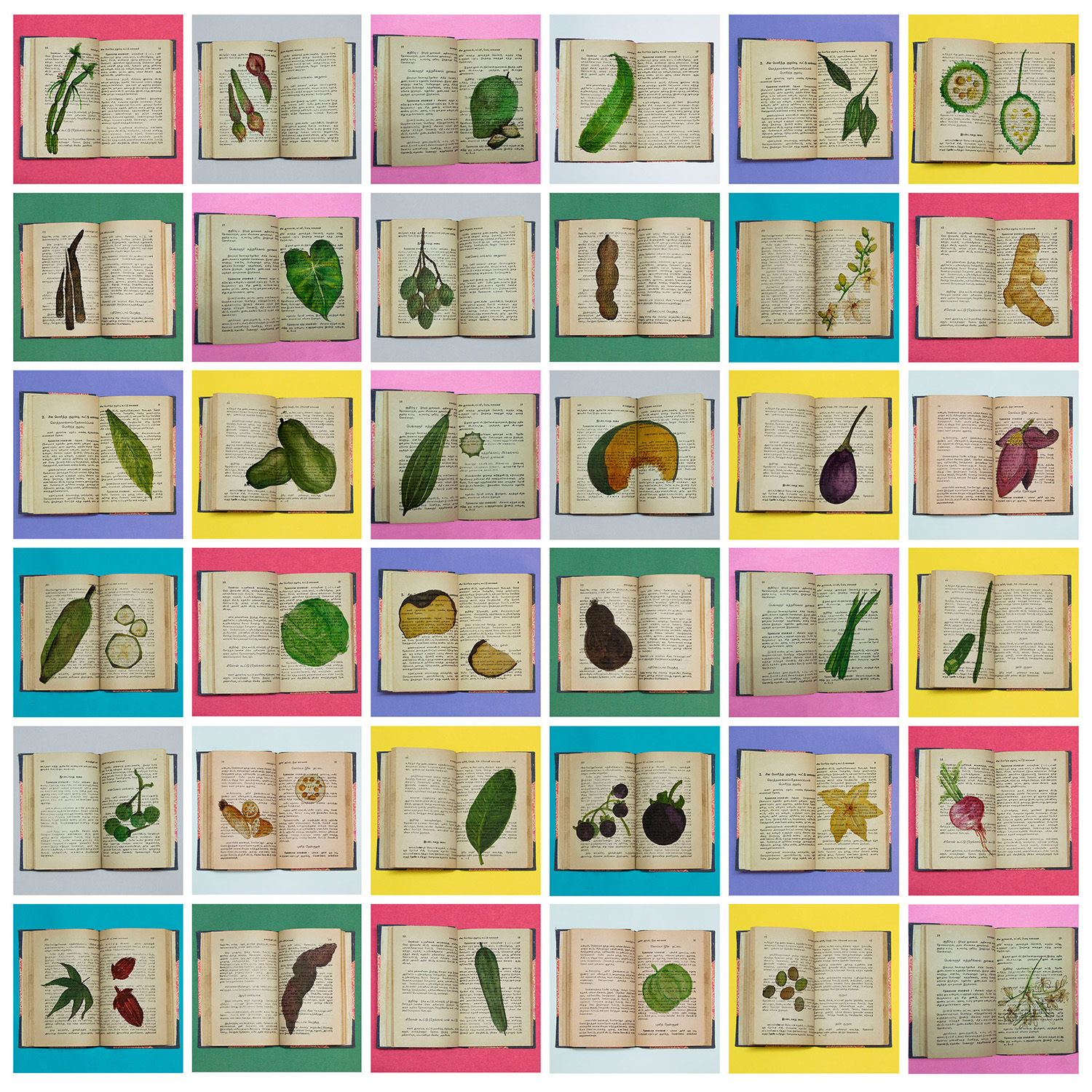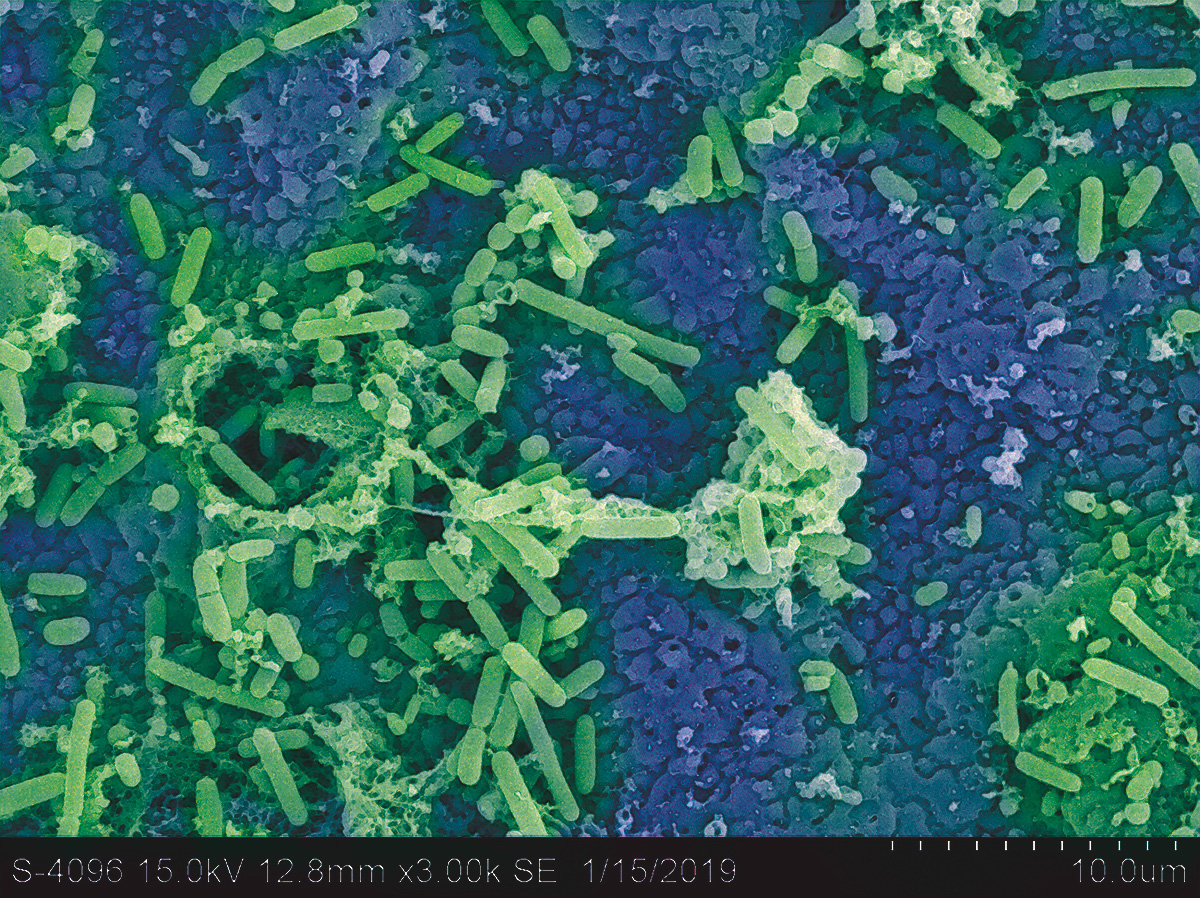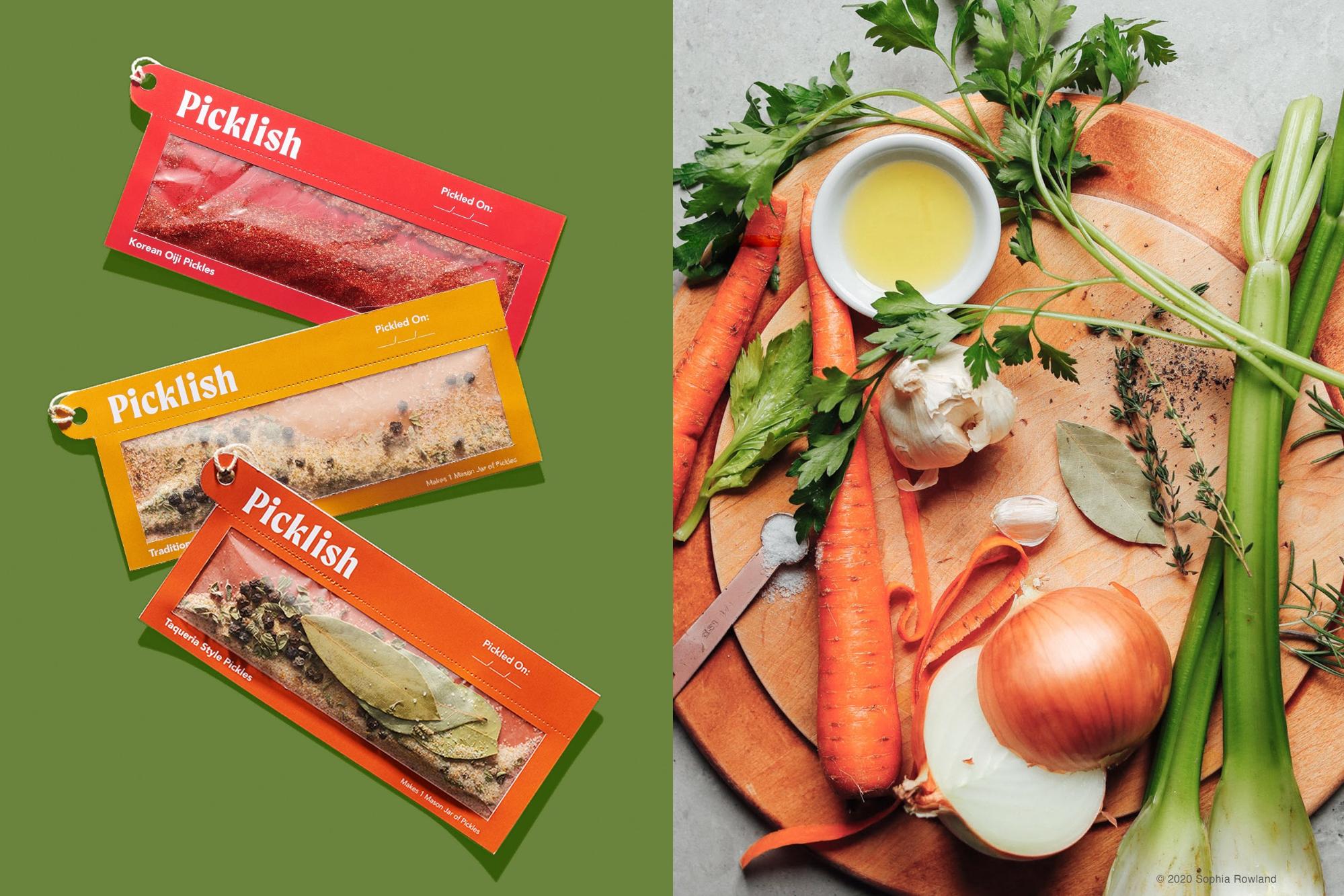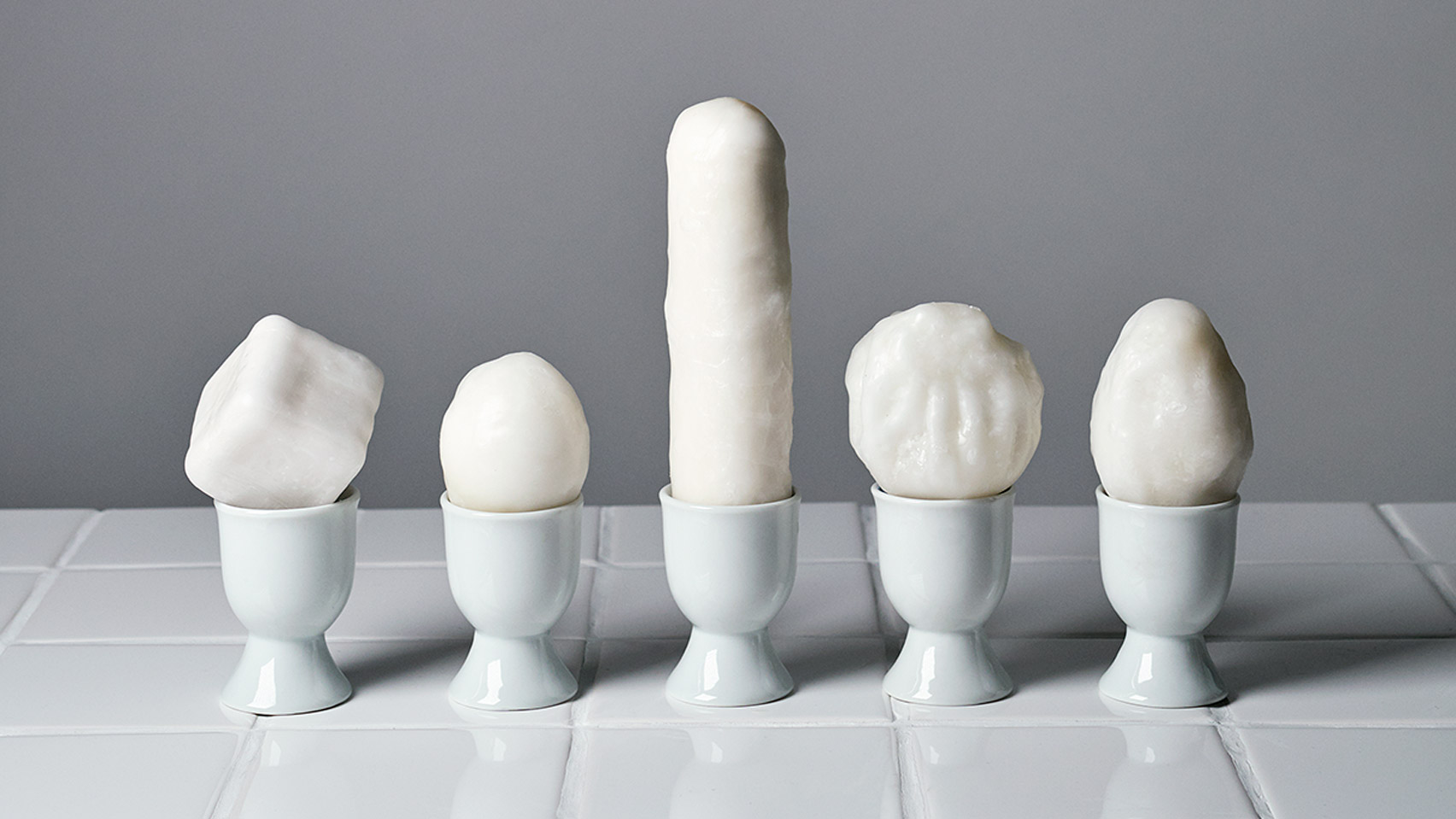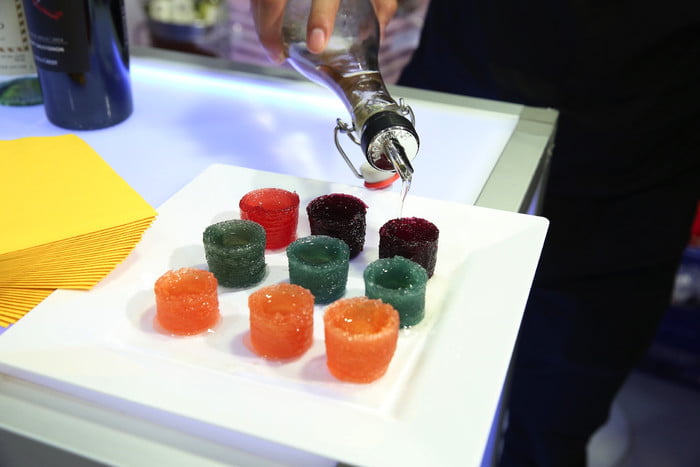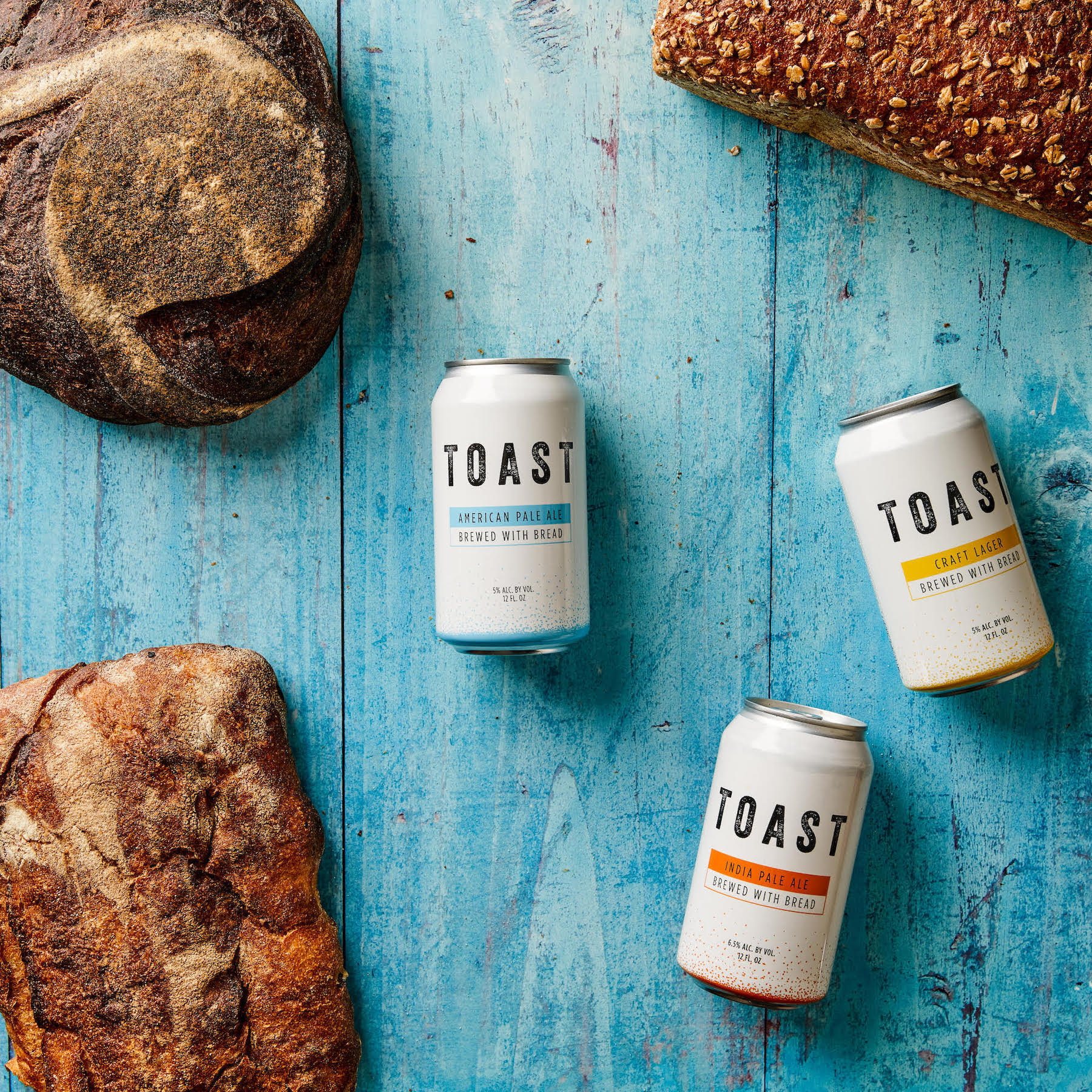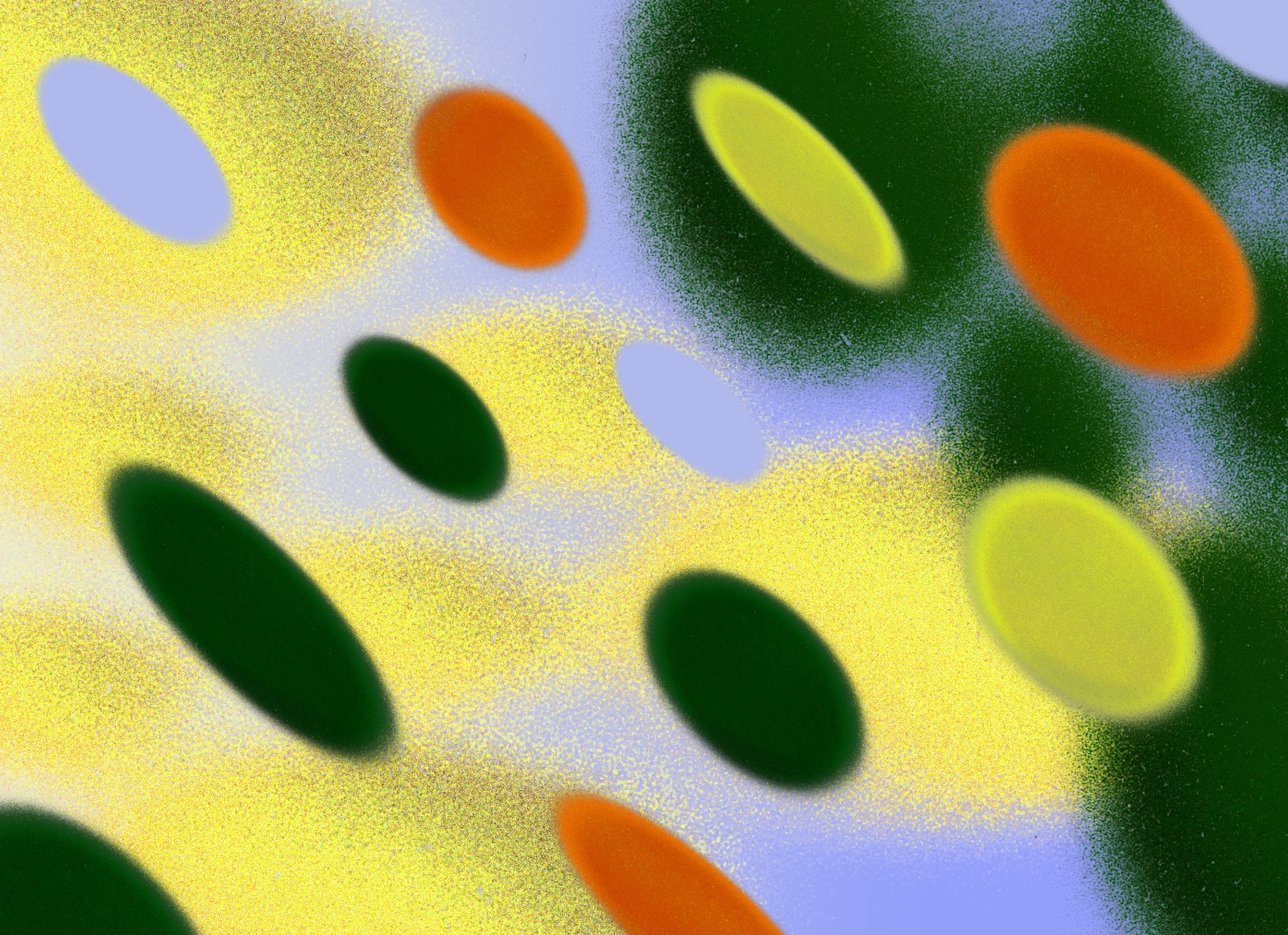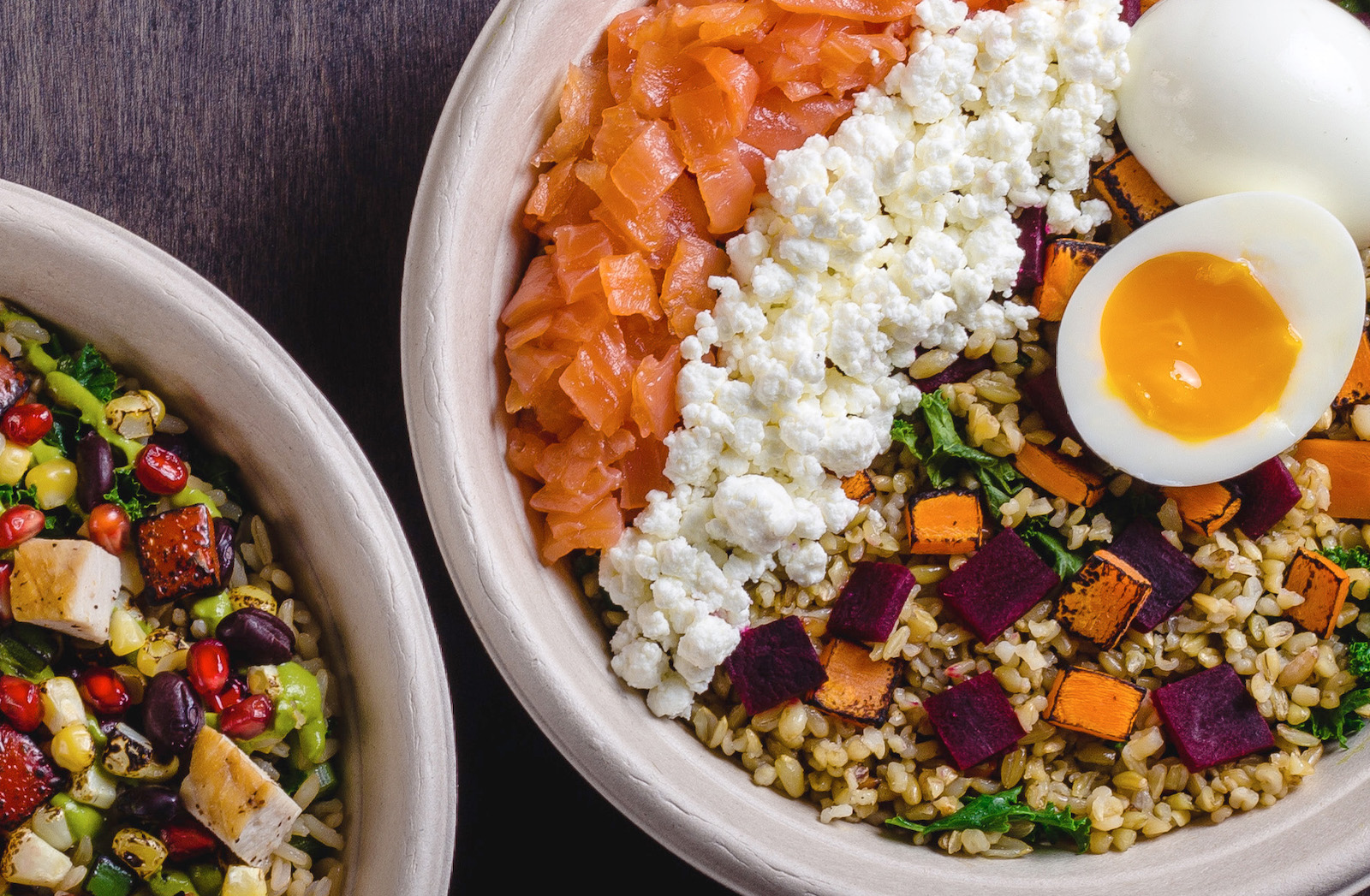According to Italian food historian Massimo Montanari, pasta’s shape determines our eating experience. Fusilli taste different from penne taste different from orecchiette. But what if you enjoy all those shapes without having your kitchen cupboards overflow with boxes and bags? Researchers from MIT Tangible Media Group engineered a noodle that twists and turns a range of conventional and unconventional forms when submerged in water.
According to the project lead, “Transformative Appetite” is, “our attempt to create shape changing food that transforms from 2D to 3D by hygromorphic interaction through cooking…and was achieved through material composite design, hybrid fabrication strategy and shape-stress simulation.”
It sounds fun, but project head Wen Wang insists that the group’s goal was to do more than encourage eaters to play with their food. The unconventional noodles could reduce pasta shipping costs and be used wherever space is at a minimum. Currently, boxed pasta contains approximately 67% air by volume. Less air means less box means less to ship means less waste. Think of shape-shifting noodles as the pasta manufacturer’s equivalent of the IKEA-model of passing on cost savings from the producer to the consumer.
But will molding your own dinner cause as many headaches as assembling you own furniture? It depends. Unlike traditional extruded pasta, which is made from durum wheat and water, MIT’s version is 3D printed and coated in layers of gelatin and edible cellulose. To get a different shape, the density of these layers can be adjusted. Unfortunately, this means it doesn’t have the same taste as traditional pasta. Co-author Lining Yao says the team has contacted Barilla to inquire whether the company would be interested in working to revolutionize the pasta industry together.
Or at least make everyone feel like a pasta designer. According to Yao, their invention will “democratize” dinner, letting kids feel like chefs and dinner hosts serve up impressive plates that look worthy of a Michelin-starred kitchen. In an age where personalization sells, marketers are likely to be interested.
DIY pasta shaping might be a first, but designer pasta isn’t. In 1983, prolific Italian car designer Giorgetto Giugiaro devised what he considered to be the perfect pasta shape. Called marille (above), this curvy pasta looked like two rigatoni stuck together, with a third one on the side, its bottom cut off. While Giugiaro and a team of chefs concluded that the shape was optimal for holding and collecting sauce, it took longer than usual to cook, making it a commercial flop.
It’s not just product designers who want to experiment with pasta. In Pasta By Design, architect George Legendre presents cross-sectional 3D images of pasta (below) to show how the seemingly basic food is a mini-artwork in and of itself. Rather than look at pasta as something to eat, Legrande illustrates the ingenuity hiding in the pantry staple.
While MIT’s shape-shifting pasta might offer a new future for cooking pasta, it’s not as revolutionary as it might seem. Noodles are already creative, delicious works of art. Whether we examine their structure or try to optimize it, pasta is pasta is pasta.



